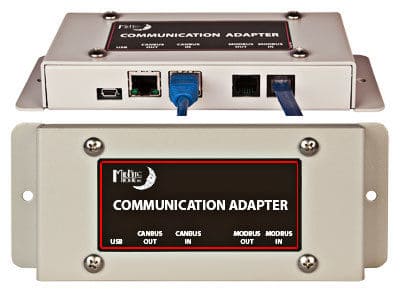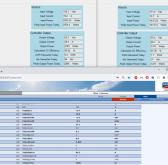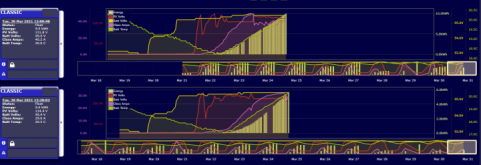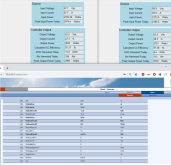off-grid-mitch
New Member
- Joined
- Oct 5, 2020
- Messages
- 11
Hi all! Everyone's posts here have been super helpful while I've been planning my off-grid setup. I've purchased most things (hopefully I haven't made too many bad decisions) and am getting ready to wire it all together.
A little background:
I recently purchased a house completely off-grid. The current setup is 12v with wimpy panels and lead-acid batteries. After a lot of reading I decided to go with 48v LiFePO4.
8 Panels (https://a1solarstore.com/axipremium-x-hc-400w-mono-hc-large-cells.html)
400W 48.81VOC
Wired 4 sets of 2 in series to 96vdc @ 38.4amp
Wired 20’ to charge controller using 8 AWG
Charge Controller
Max OOC: 125V
Charging Load Current: 40A
2 Batteries (https://bigbattery.com/product/48v-lifepo4-powerwall/)
48v 104 AH (each)
Connected with 6 AWG (https://bigbattery.com/product/anderson-sb175-connectors/?attribute_type=SB175+Parallel+Cable)
Wired 20’ to Inverter using 4/0 AWG (overkill? It will get below freezing where the inverter is)
Inverter (https://www.amazon.com/gp/product/B074BQJRFF/ref=ppx_yo_dt_b_asin_title_o00_s00?ie=UTF8&psc=1)
3000W pure sine 48V
Questions
A little background:
I recently purchased a house completely off-grid. The current setup is 12v with wimpy panels and lead-acid batteries. After a lot of reading I decided to go with 48v LiFePO4.
8 Panels (https://a1solarstore.com/axipremium-x-hc-400w-mono-hc-large-cells.html)
400W 48.81VOC
Wired 4 sets of 2 in series to 96vdc @ 38.4amp
Wired 20’ to charge controller using 8 AWG
Charge Controller
Max OOC: 125V
Charging Load Current: 40A
2 Batteries (https://bigbattery.com/product/48v-lifepo4-powerwall/)
48v 104 AH (each)
Connected with 6 AWG (https://bigbattery.com/product/anderson-sb175-connectors/?attribute_type=SB175+Parallel+Cable)
Wired 20’ to Inverter using 4/0 AWG (overkill? It will get below freezing where the inverter is)
Inverter (https://www.amazon.com/gp/product/B074BQJRFF/ref=ppx_yo_dt_b_asin_title_o00_s00?ie=UTF8&psc=1)
3000W pure sine 48V
Questions
- Will what’s going into my charge controller charge the batteries at that rate? Is it overkill?
- Is it crazy to use such a cheap inverter?
- Can I use this charger (https://bigbattery.com/product/48v-15a-dc-charger/) for the batteries? I’ve tried to find LiFePO4 specific chargers but I’m not exactly sure what I should be looking for or how much amperage is ok
- What size fuses should I put where?
- I wire the ring terminals from the Battery Paralleled to bus bars, which are also wired to the charge controller and inverter?









